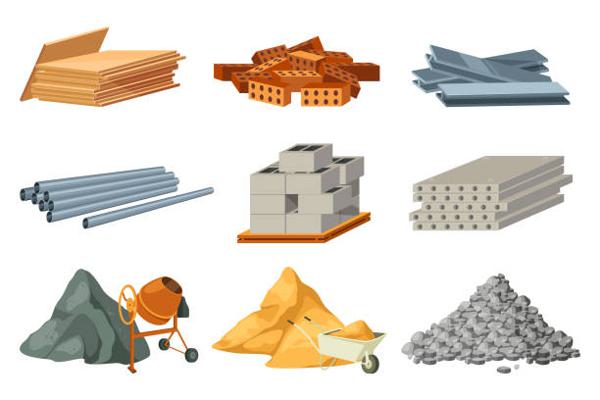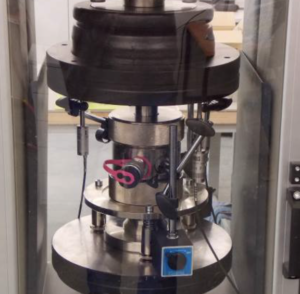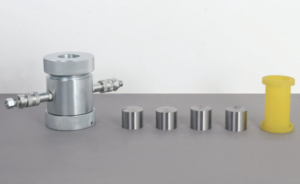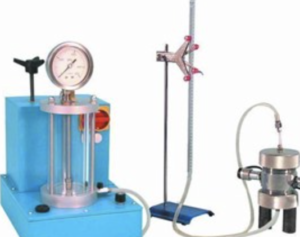How Do Different Building Materials Require Specific Testing Approaches?
In the world of construction, no two building materials are exactly alike1—and neither are the ways we test them. From concrete to steel, polymers to stone, each material comes with its own behavior, challenges, and expectations2. That’s why a one-size-fits-all testing method simply doesn’t work. Instead, we rely on material-specific testing approaches3 to ensure reliability, safety, and performance in every application.
Unique Testing Requirements for Cement-Based Materials
Cement-based materials like concrete and mortar are the backbone of modern construction, but their testing requires careful control of curing, hydration, and time4.
Key Tests:
- Compressive Strength (ASTM C39) – Most critical property for concrete.
- Slump Test (ASTM C143) – Measures workability of fresh concrete.
- Rapid Chloride Permeability (ASTM C1202) – Assesses durability against corrosion.
- Shrinkage and Expansion Tests (ASTM C157) – Evaluates volume change over time.
| Test | Purpose |
|---|---|
| Compressive Strength | Confirms structural load-bearing capacity |
| Slump Test | Gauges consistency for proper placement |
| RCPT | Measures resistance to chloride ion penetration |
| Length Change Measurement | Tracks drying shrinkage or moisture expansion |
Concrete is time-sensitive, meaning tests must be conducted at standard ages (7, 28, or 90 days) for valid comparisons.
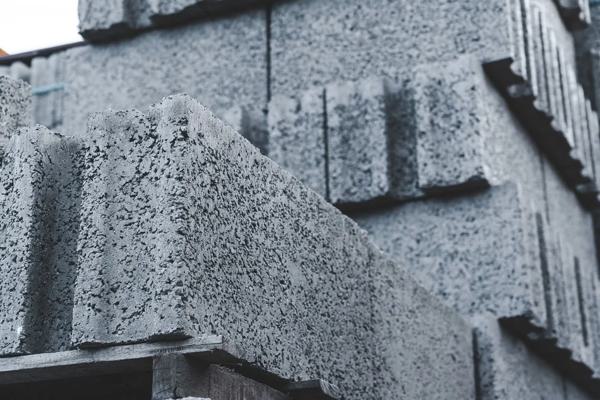
Testing Strategies for Metal Building Materials
Metals like steel and aluminum require tests that focus on mechanical strength5, weldability6, and resistance to corrosion7. These materials are usually tested in both raw and fabricated forms.
Key Tests:
- Tensile and Yield Strength (ASTM E8/E8M) – Measures ductility and load capacity.
- Impact Testing (Charpy, ASTM E23) – Evaluates performance in sudden loading.
- Bend Tests – Checks deformation without fracture, important for welds.
- Salt Spray (ASTM B117) – Assesses corrosion resistance under accelerated conditions.
| Property | Preferred Test Method |
|---|---|
| Tensile/Yield Strength | ASTM E8 |
| Toughness (Fracture) | Charpy Impact Test |
| Corrosion Resistance | Salt Spray |
| Weldability Evaluation | Guided Bend Tests |
Unlike concrete, metal testing emphasizes exact tolerances and failure modes, often under rapid loading or thermal stress.
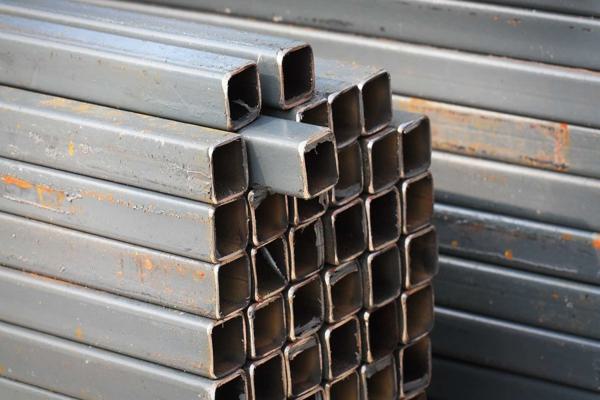
Special Considerations in Testing Polymer Building Materials
Polymers such as PVC, EPDM, and composite resins offer light weight and flexibility—but require tests that evaluate their long-term performance under environmental exposure8.
Key Tests:
- Tensile Testing (ASTM D638) – Defines strength and elongation at break.
- UV Weathering (ASTM G154) – Simulates aging under sunlight.
- Thermal Stability – Uses TGA/DSC to evaluate decomposition temperature.
- Chemical Resistance – Assesses durability in contact with solvents or acids.
| Characteristic | Critical Testing Focus |
|---|---|
| Flexibility and Strength | Tensile and Elongation Testing |
| UV Degradation | Accelerated Weathering |
| Heat Resistance | Thermal Gravimetric Analysis |
| Compatibility with Other Materials | Chemical Exposure Tests |
Polymers can degrade silently over time, so testing emphasizes long-term reliability and material aging.

Tailored Testing for Natural Building Materials like Wood and Stone
Natural materials come with inherent variability due to species, grain, mineral content, or porosity—making testing even more essential for quality control.
For Wood:
- Moisture Content (ASTM D4442) – Affects strength, shrinkage, and durability.
- Bending and Shear Tests (ASTM D198) – Evaluate load-bearing capacity.
- Decay and Fungal Resistance – Important for exterior or structural applications.
For Stone:
- Compressive Strength (ASTM C170) – Crucial for load-bearing use.
- Water Absorption and Porosity – Affects freeze-thaw durability.
- Abrasion Resistance (ASTM C1353) – Used for flooring and paving stones.
| Material | Key Test | Purpose |
|---|---|---|
| Wood | ASTM D198 (Bending) | Measures structural suitability |
| Wood | ASTM D4442 (Moisture) | Predicts shrinkage and dimensional stability |
| Stone | ASTM C170 (Compression) | Assesses strength for cladding/foundations |
| Stone | ASTM C97 (Water Absorption) | Indicates resistance to weathering |
Because these materials vary by origin and treatment, sampling strategy and test repetition play a critical role in ensuring accuracy.
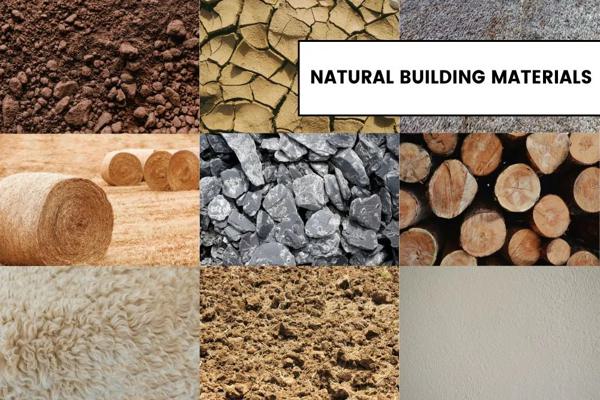
Conclusion
Each building material tells a different story—and demands its own testing approach. Whether it’s curing time for cement, corrosion checks for metal, UV exposure for polymers, or moisture content in wood, understanding these distinctions is key to selecting, verifying, and trusting your materials. In a world where precision saves time, cost, and lives, tailored testing isn’t optional—it’s essential.
-
Understanding the unique characteristics of building materials can enhance your construction projects and ensure better outcomes. ↩
-
Learning about the behavior and challenges of materials can improve your decision-making in construction and design. ↩
-
Exploring material-specific testing can help you choose the right methods for ensuring safety and performance in your projects. ↩
-
Understanding the best practices for testing can enhance the quality and durability of construction materials, ensuring safety and longevity. ↩
-
Understanding mechanical strength tests is crucial for ensuring the durability and safety of metal structures. Explore this link for detailed insights. ↩
-
Weldability is key to successful metal fabrication. Discover the methods used to assess weldability and improve your projects. ↩
-
Corrosion resistance is vital for metal longevity. Learn about the testing methods that can help protect your investments. ↩
-
Understanding these tests is crucial for ensuring the durability and reliability of polymer materials in various applications. ↩

